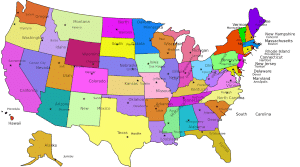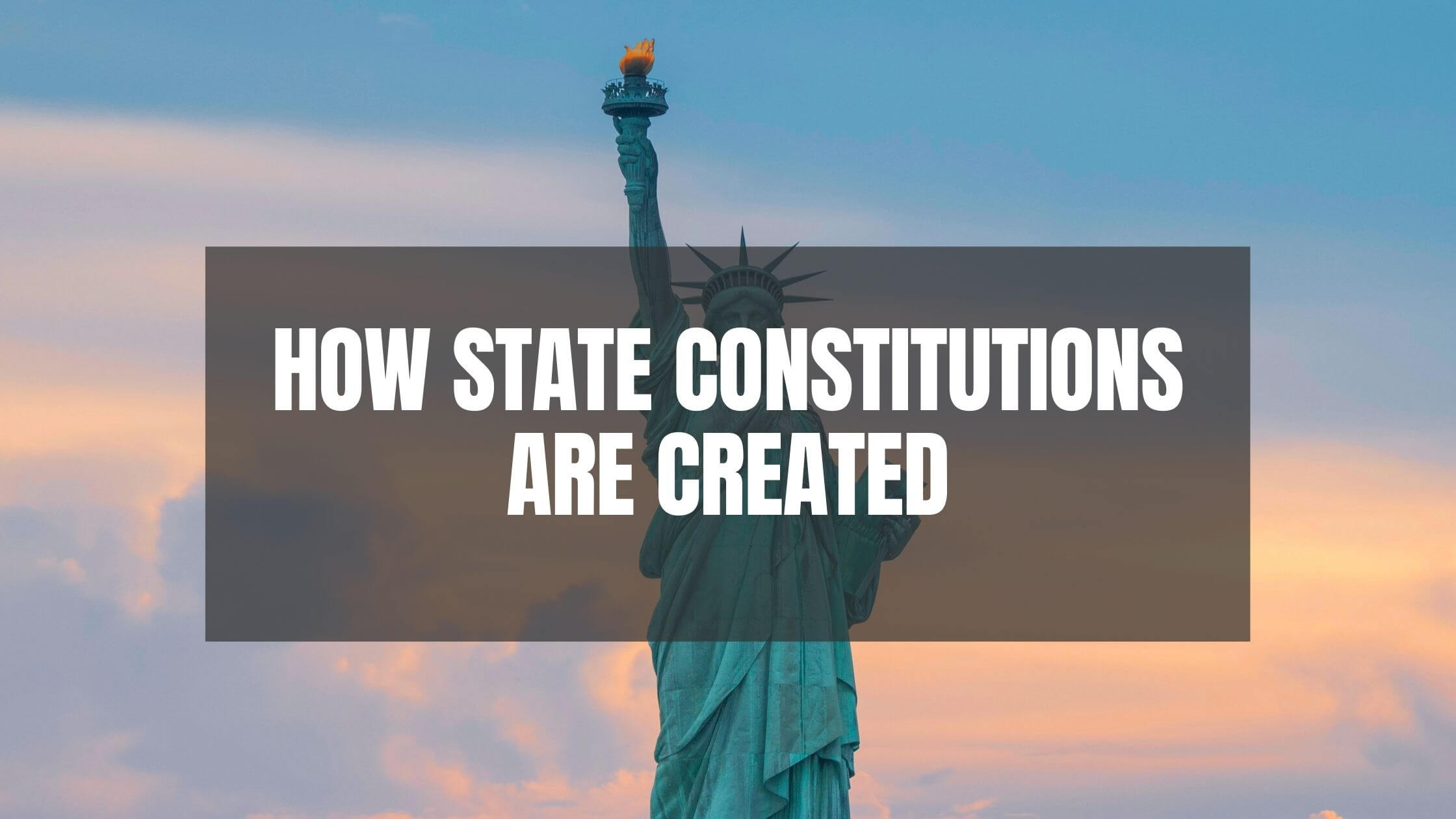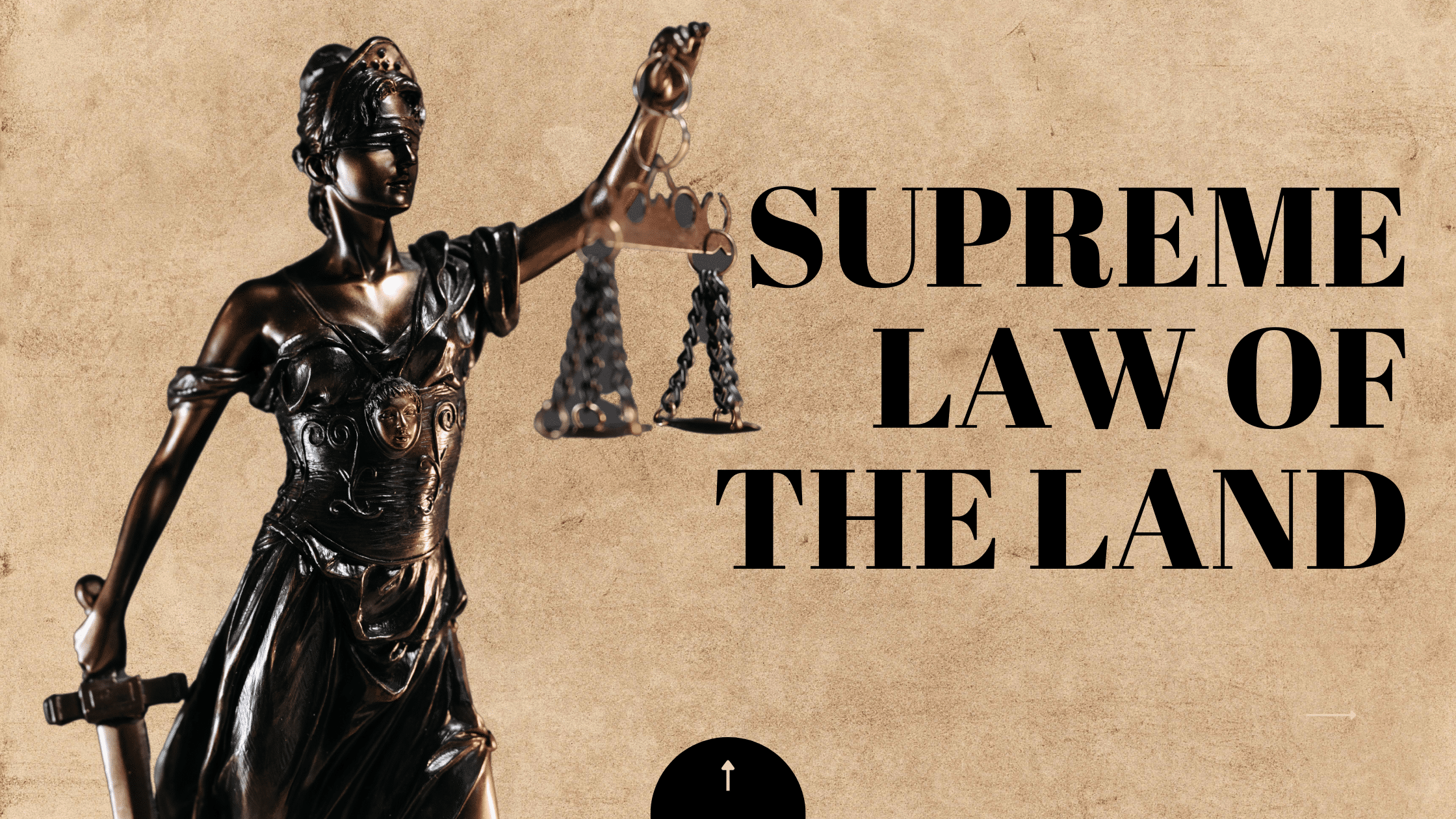Table of Contents
ToggleWho Writes State Constitutions in the United States?
If a new state were created today, who would write the state constitution, and who has the authority to do this?
All states have constitutions. Constitutions for newer states, such as Hawaii, are not drastically different from earlier state constitutions. A state constitution starts with a preamble and then goes from there to declarations of principle. State constitutions also have amendments that were added at a later date.
Why do States Need Their Own Constitutions?
A constitution gives the laws of a state or country some structure. Without a constitution, politicians could pass bad, unethical, and unpopular laws that are against the state’s values.
The United States has its principles, which are reflected in the constitution. Each state may also have values and principles that may differ from other states’ values. State constitutions often prevent laws that pass in some states from passing in others.
Many State Constitutions Existed Before the US Constitution
All 13 original states had a state constitution before the national constitution came into existence in 1787. The original state constitutions reflect the values of those who fought in and supported the Revolutionary War, and their ideas about what the new country should be.

Like the national constitution, it often took a lot of debate to create state constitutions. Many people assembled, debated, and voted on these constitutions.
Today, the process is the same – a group of people debate, make suggestions, reject ideas, compromise, vote, and end up with a finished constitution. Many state constitutions influenced the United States Constitution, and many people who worked on early state constitutions developed the federal constitution.
Who Has the Authority to Write State Constitutions?
A variety of officials are involved in writing different state constitutions. Some people that might have the authority are:
- People selected by the state governor
- Elected officials, often from both political parties
- A commission selected by the state legislature

The governor or the state legislature can decide who is responsible for creating a state constitution. Even if the people writing the constitution are not elected officials, they were still selected by an elected governor.
How are State Constitutions Written?
First, a group of people with the authority to write a state constitution must be assembled. The governor might select such people, or they might be elected. Both political parties might be represented if they each get a significant number of votes.
Either the governor or a bill passed by the state legislature gives a group of people the power to write a state constitution. Elected officials do not always write state commissions – it could be an independent commission instead.
What is the Process to Write a State Constitution in the US?
A state constitution requires first finding a group of people responsible enough to create one, then having a debate, writing several drafts, finally agreeing on and editing a final document. The state constitution is then changed to keep up with the times by adding amendments.
People must first write a preamble (or introduction) and then write declarations of principle (or the original laws that don’t change until amendments pass).
What are Constitutional Conventions?
Constitutions, including state constitutions, are created at constitutional conventions. States often replace their constitution with a new constitution more than once. Most states have laws that explain how state legislatures can call a constitutional convention and improve or replace their constitution.
Sometimes, the population is given a chance to replace the constitution once every decade or two. The public might receive a ballot asking whether or not they want a constitutional convention once every ten or twenty years.
The state legislator can propose a constitutional convention and let the public vote on it in other cases. It does not always require a popular vote – the state legislature in some states can call a constitutional convention without a vote.
People congregate to write a new state constitution when a constitutional convention is called. They propose ideas, argue, compromise, and eventually create a constitution with new declarations of principle. It is not usually radically different from the old state constitution, just brought up to date.
The Preamble
The preamble is a non-specific introduction to the constitution that states what rights and freedoms the people in the state have. For example, the preamble might state that the government’s powers should be limited to the powers the people want the government to have. It might give rights that the US Constitution also gives (such as freedom of speech or religion), or give citizens other rights.
The Declarations of Principle
The declarations of principle are a set of values that all laws must be based on. They guide later generations to help them continue to pass just laws for the common good. Declarations of principle often state that the government rules by the consent of the people and that the government’s powers are limited.

The Amendments
It is pretty tricky to change a state constitution after it has been created. Constitutions should be somewhat difficult to change because a constitution that can be changed on a whim is sort of like living without a constitution.
However, people can still change the national constitution and any state constitution. First off, a proposed constitutional change must be approved by a reasonable number of voters in the state.
At least 5% as many voters as voted in the last state election must sign a petition for the constitutional amendment before it will be considered. 5% is a relatively low number, but it requires people to be aware of the proposed change.
A Two-thirds Majority
Two-thirds of legislators in both houses must approve of an amendment before it passes. Requiring two-thirds instead of half prevents it from being too easy to change a state constitution.
If two-thirds of the legislators pass it, the amendment will appear on the next ballot for all voters to vote for or against. To become law, it only needs to win half and not two-thirds of the popular vote.
While some courts do not have the power to hear constitutional claims, other courts do. A judge may have the power to look at the wording found in the constitution and decide whether or not a specific law is unconstitutional.

Get Smarter on US News, History, and the Constitution
Join the thousands of fellow patriots who rely on our 5-minute newsletter to stay informed on the key events and trends that shaped our nation's past and continue to shape its present.
Writing a state constitution has always been time-consuming and complex, and this will be true again if any new states are added in the future.
Are State Constitutions Important?
State constitutions are often very long, much longer than the national constitution is. A state constitution has more detail about how the government interacts with the people. Its length is why it takes a long time to write state constitutions.
State constitutions are important because they determine what laws can pass in a state legislature. Since people are often more affected by state law than by federal law, state constitutions are very important. Citizens often know a fair bit about the national constitution but nothing about their state’s constitution, which has more of an effect on the laws they live under.
State constitutions may also add to the rights given to citizens in the national constitution. For example, the Hawaii state constitution adds additional free speech, freedom of religion, and freedom from unjust search and seizure rights. These are stronger than and more specific than what the Bill of Rights contains.
List of State Constitutions:
Washington Constitution of 1952
West Virginia Constitution of 1872
Wisconsin Constitution of 2020
California Constitution of 1879
Connecticut Constitution of 1982
Louisiana Constitution of 2020
Massachusetts Constitution of 1780
Minnesota Constitution of 1974
Mississippi Constitution of 2013
New Hampshire Constitution of 1984
New Jersey Constitution of 1947
New Mexico Constitution of 1911
North Carolina Constitution of 2011
North Dakota Constitution of 1889
Pennsylvania Constitution of 1968
Rhode Island Constitution of 2014
South Carolina Constitution of 1971
South Dakota Constitution of 2019











